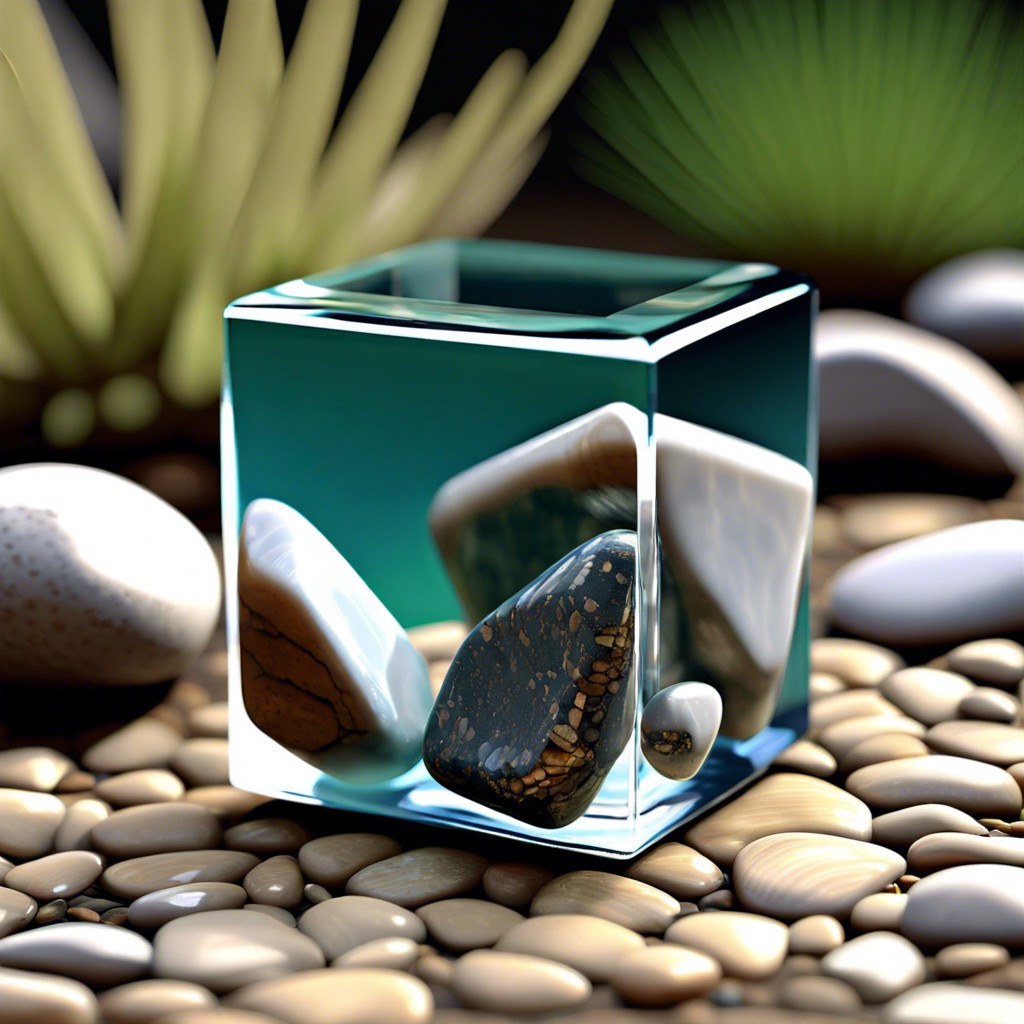Create a landscape design that attracts wildlife by incorporating native plants, providing water sources, creating habitat structures such as nest boxes and brush piles, and leaving areas of undisturbed vegetation.
Creating a landscape design that attracts wildlife can be a fun and rewarding project. Whether you’re looking to attract birds, butterflies, or other animals, there are certain elements you can include in your design that will make it more inviting for wildlife.
In this blog post, we’ll discuss some tips for creating a landscape design that will draw in the local fauna and make your outdoor space even more enjoyable.
Choose Native Plants

Native plants naturally occur locally and have adapted to the climate, soil, and other environmental conditions. These plants provide food and shelter for local wildlife, making them more likely to visit your garden or yard.
Native plants require less maintenance than non-native species since they are adapted to their environment. By selecting native species for your landscape design, you can create a habitat attracting birds, butterflies, bees, and other beneficial wildlife.
Provide Food Sources

This can be done by planting native plants and trees that provide food for birds, insects, and other animals. Native plants are adapted to the local climate and soil conditions, requiring less maintenance than non-native species.
These plants often produce fruits or nuts that attract birds and other animals. Planting shrubs or trees with berries can also provide food for wildlife.
Providing bird feeders filled with seeds or suet will help attract more birds to your yard.
Create Water Features

Water features provide animals with a source of hydration and a place to bathe and cool off. They can provide a habitat for aquatic species such as frogs and fish.
When designing water features, it is essential to consider the size of the feature, its location within the landscape design, and any potential safety hazards that may arise from having standing water on your property. When selecting a size for your water feature, consider what type of wildlife you hope to attract.
Smaller ponds or birdbaths will be suitable for smaller birds and insects, while larger ponds may be necessary if you are looking to attract more giant animals like ducks or geese. Choosing an appropriate location for your water feature; placing it near trees or shrubs will give wildlife shelter from predators while still providing access to the water source.
Consider any potential safety hazards that could arise from having standing water on your property; these include drowning risks for small children or pets, so make sure there are adequate barriers around the pond area if needed.
Provide Shelter and Nesting Areas

The shelter can be provided through trees, shrubs, or other plants that provide cover from predators and harsh weather conditions. Nesting areas can be created by providing birdhouses, bat boxes, or other structures designed to provide a safe place for animals to nest.
Leaving dead trees standing (known as snags) provides additional shelter and nesting opportunities for birds and small mammals. By providing these types of shelters and nesting areas in your landscape design, you will create an inviting habitat for many wildlife species.
Use Natural Materials for Landscaping Elements

Natural materials, such as rocks, logs, and plants, provide habitats for birds and other animals to live in or visit. Rocks can create walls or pathways that provide shelter from the wind and rain.
Logs can be used to create bird perches or hiding places for small mammals. Plants can also provide food sources and nesting sites for wildlife.
Adding water features like ponds or streams will attract more species of animals to your yard. Incorporating these natural elements into your landscape design will create an inviting habitat that encourages wildlife to visit your yard!
Minimize the Use of Pesticides and Fertilizers

Pesticides are chemicals that kill or repel pests, such as insects, rodents, and weeds. Fertilizers are substances added to soil to increase fertility and promote plant growth.
These products can harm wildlife if used in excess or improperly applied. To minimize the use of pesticides and fertilizers when creating a landscape design that attracts wildlife, it is essential to identify any existing pest problems before applying any chemical treatments.
Natural methods should be used instead of chemical treatments whenever possible; for example, hand-weeding or mulching around plants can help reduce weed growth without resorting to herbicides. Organic fertilizers should be chosen over synthetic ones whenever possible; these contain fewer potentially toxic ingredients than their synthetic counterparts.
It is important not to over-apply either product; too much fertilizer can lead to nutrient runoff into nearby water sources. Too many pesticides may harm beneficial insects like bees and butterflies, essential for pollination.
Create a Variety of Habitats

Different types of animals require different environments to thrive, so creating multiple habitats in your landscape design is essential. This can be done by including elements such as trees, shrubs, grasses, and other plants that provide food and shelter for different species.
Adding water features like ponds or streams can attract aquatic life and provide drinking water for birds and other animals. Providing areas with plenty of shade will help keep the temperature comfortable for wildlife while also protecting them from predators.
By creating these various habitats in your landscape design, you can ensure that there is something for every animal to enjoy!




